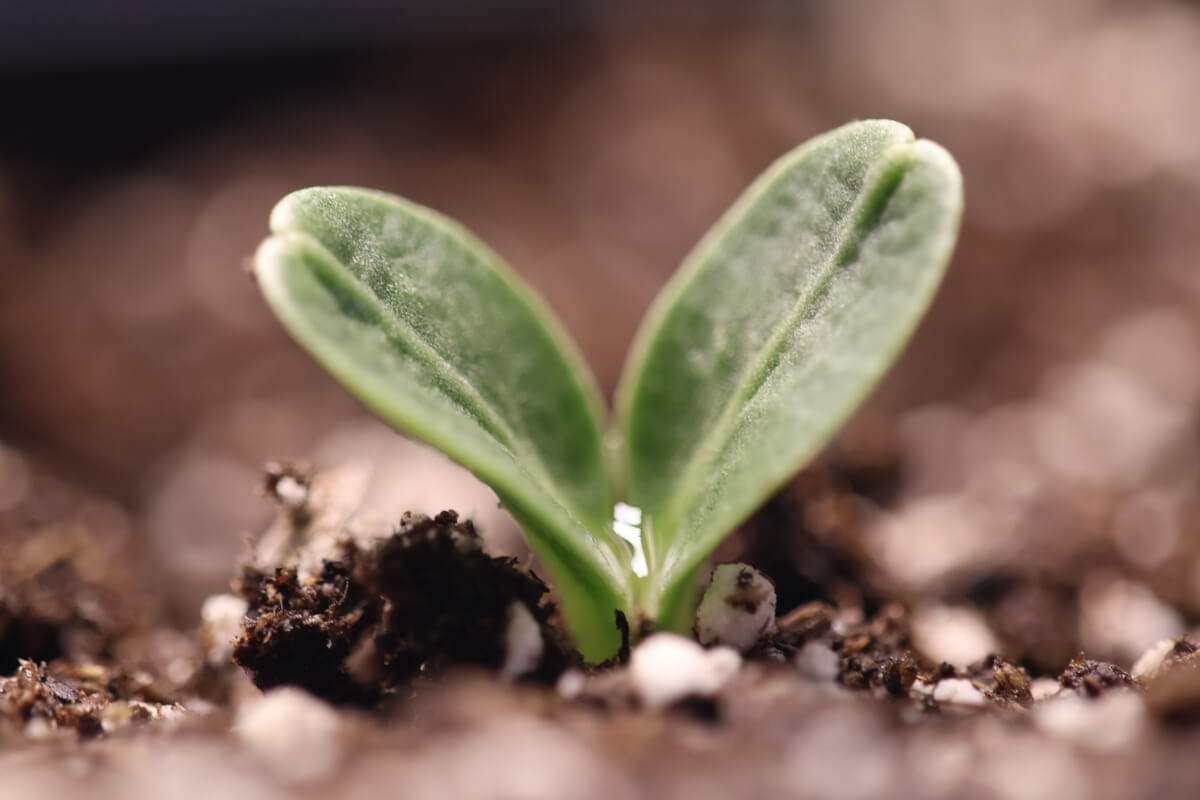Our artichokes are starting to reach for the sky like they don’t even know their sun is fake! What a sight for sore eyes, artichokes are among our favorite garden vegetables that we grow!
It might surprise some, but our extreme northern climate is absolutely perfect for growing artichokes as annuals. Specifically, artichokes have a “need” to experience a week or two of temperatures in the 50’s for them to put up their glorious heads. This is why they’re commonly grown over the winter as perennials in much warmer zones, like California, where nearly 100% of the entire US-produced commercial supply of artichokes are grown. Our short summer season is just barely enough to get full sized artichoke heads to produce!
The biggest key to northern artichokes is based in genetics. It’s vitally important to seek varieties that can produce in a single season. Our favorite cultivar is Imperial Star, but Green Globe is another variety commonly found. There are a few others, but the seeds are certainly more rare. We’d also recommend staying away from “purple” variants of these two varieties as they’ll typically take much longer to produce.
Sowed 8 to 9 weeks before last frost (or, around now), artichokes will certainly appreciate our cooler spring temperatures once we start hardening off our plants. They are naturally frost tolerant, easily taking temperatures even into the mid-30’s without much difficulty. They tend to grow somewhat quickly and also large as a nursery plant, presenting challenges that some gardeners find difficult to work with. Our plants are typically about 8 to 12 inches tall by the time we transplant them into our garden.
Since these are some of our favorite garden plants, we’ll definitely have more pictures and tips for you as we get further into their life cycle. If you’re itching to know more, though, we do have an extensive artichoke growing guide that you’ll find below.
Growing Artichokes As Annuals In Cold Climates & The Subarctic


